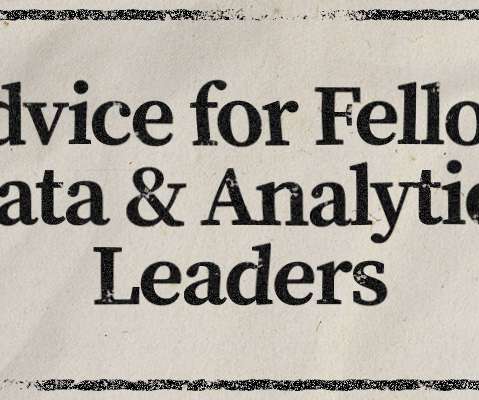Analytics Insights and Careers at the Speed of Data
Rocket-Powered Data Science
MARCH 19, 2021
How to make smarter data-driven decisions at scale : [link]. The determination of winners and losers in the data analytics space is a much more dynamic proposition than it ever has been. A lot has changed in those five years, and so has the data landscape. But if they wait another three years, they will never catch up.”














Let's personalize your content